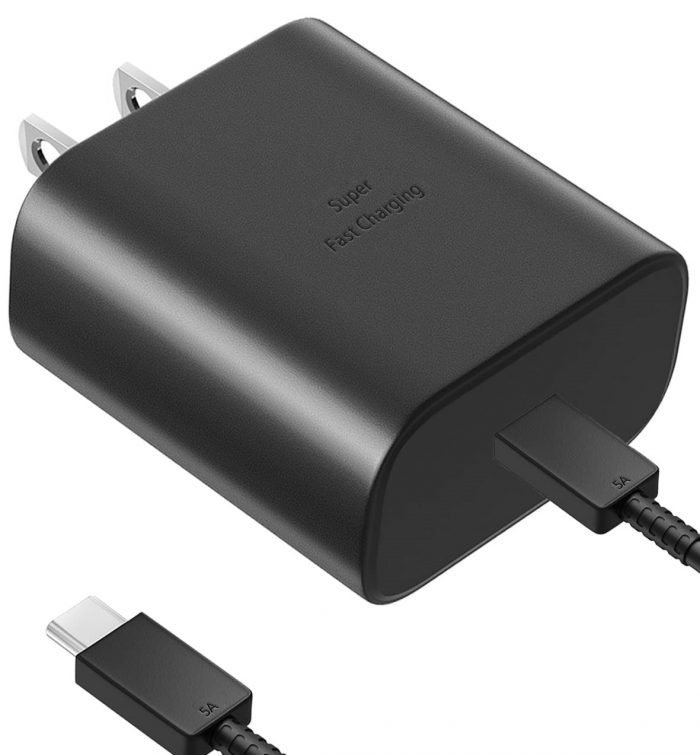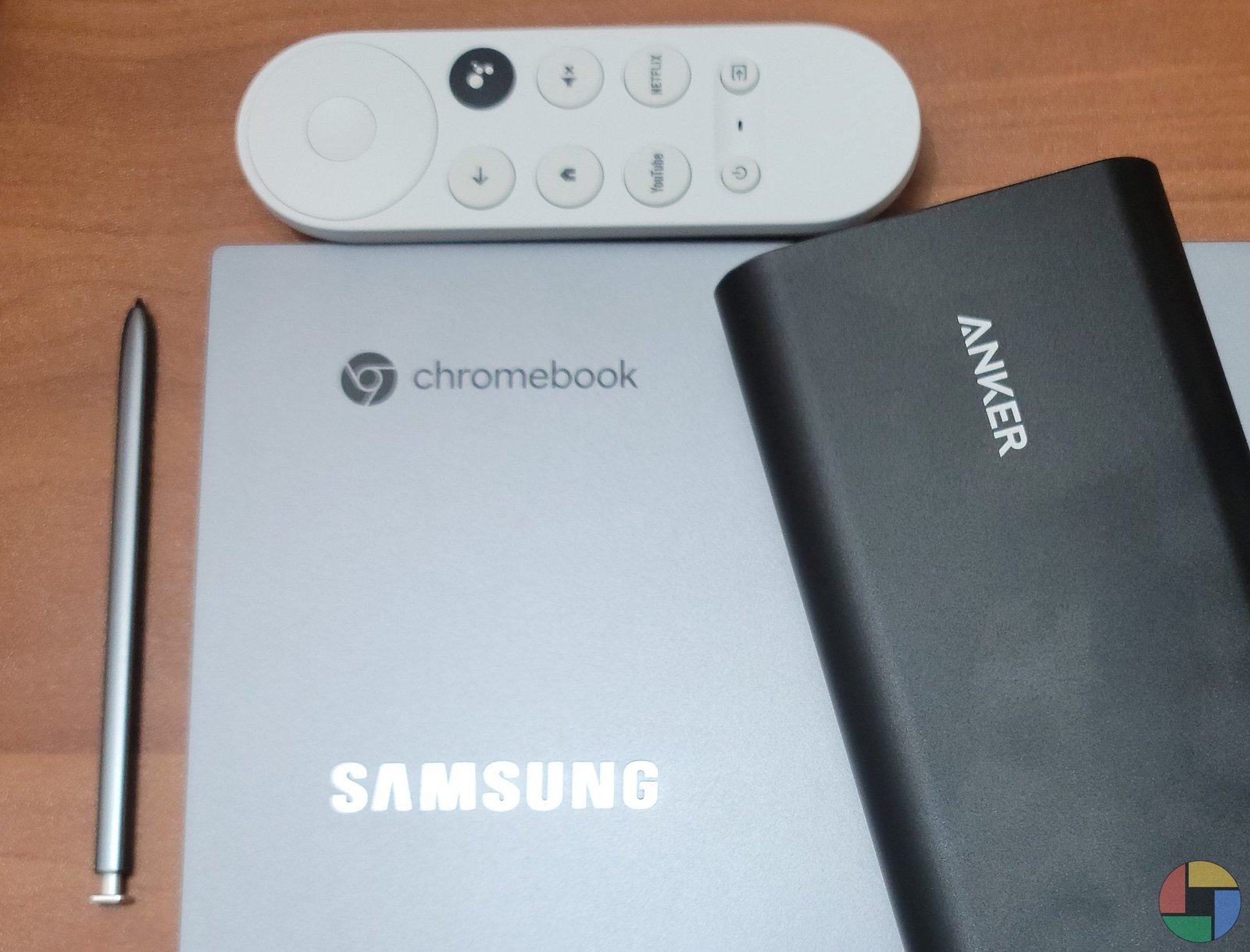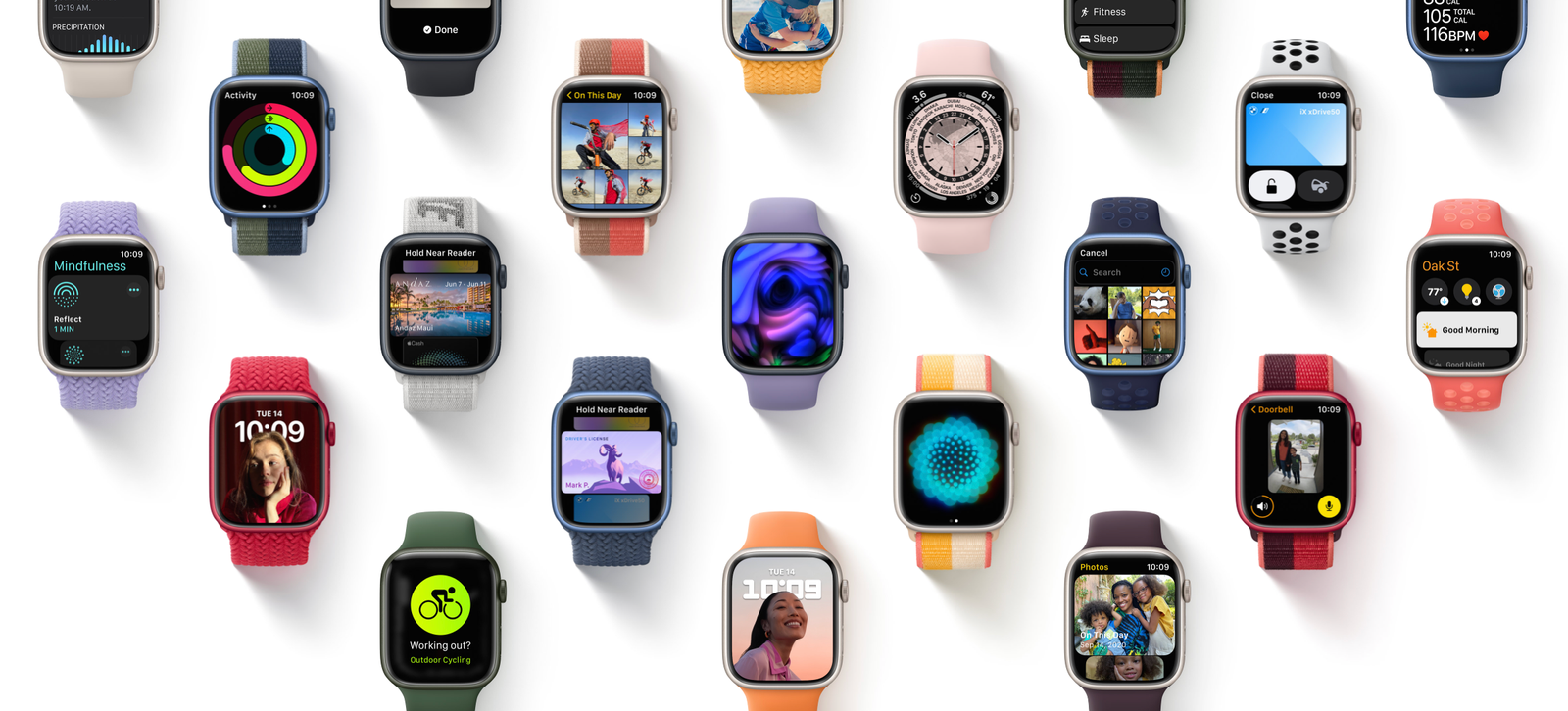Are you new to the world of fast charging? Don’t worry, you’re not alone! Fast charging technology can be confusing for anyone who is just getting started with it. That’s why we’ve put together this beginner’s FAQ on fast charging. In this guide, we’ll explain the basics of fast charging and answer some of the most common questions that new users have. Whether you’re trying to understand how fast charging works or just want to know what kind of charger you should use, we’ve got you covered. So if you’re ready to learn more about fast charging, let’s get started!
Table of Contents
Understand Fast Charging Basics: What is Fast Charging
Want to get your device charged up in a hurry? Look no further than fast charging! This convenient method allows you to charge your phone, laptop, or other electronic device faster than standard charging. But it can be confusing to figure out which fast charger is right for your device and how it all works. That’s why we’re here to break it down for you!
Fast charging works by using a charger with a higher voltage output than a standard charger. This higher voltage allows more current to flow through your device, resulting in a faster charge. Qualcomm® Quick Charge™ technology is the most popular method for fast charging, and it’s supported by a variety of popular devices such as iPhones, Samsung Galaxy phones, and other Android devices. Quick Charge 5 is the fastest commercial charging solution available, offering up to 100W of power and charging your device up to four times faster than traditional chargers. Plus, it’s backwards compatible with older versions, so you can use the same cable for multiple devices.
Wireless charging is another form of fast charging that uses an electromagnetic field to transfer power between two points without the need for cables. This technology is becoming more widespread and is supported by many newer devices. Just keep in mind that wireless chargers may not be as fast as traditional fast chargers, so if speed is your top priority, you’ll want to stick with a wired charger.
No matter which fast charging method you choose, it’s important to make sure you’re using the right charger and cables for your device to get the best charge times. Check out your local electronics store, like Best Buy, to find the perfect fast charger for you!

Find the Right Charger for Your Device
Trying to find the perfect fast charger for your phone or other devices can be a real hassle. With so many options out there, it can be tough to know which one is the best fit for your needs. But don’t worry; there are a few easy steps you can follow to find the right fast charger for you.
First, check the specifications of your device to see what kind of charger it needs. You’ll want to find a charger with an output that matches your device’s requirements in order to get the fastest charge possible. Once you know what you’re looking for, you can shop around at popular electronics stores like Best Buy or online at Amazon, where you’ll find a wide range of fast chargers that are compatible with iPhone, Samsung, and other devices.
When you’ve found a charger that you think will work for you, be sure to read the instructions carefully to make sure you’re using it safely. With the right charger and you’ll be well on your way to faster charging speeds in no time!

Learn About Wireless Charging Technology
The largest benefit of wireless charging is not having to deal with tangled cords and trying to find the right charger for your device. All you have to do is place your device on a wireless charger and it will charge automatically. It’s super convenient and flexible, too – in some cases, you can move your device around and still keep it charged. The downside is that it’s not as efficient as traditional wired charging. More power must be sent to the charger to achieve the same wired results. To be clear, a 15W wired charger will charge at the same speed as a 15W wireless charger.
Recently phone manufacturers like OnePlus have started to offer faster wireless charging speeds that are as fast as wired charging. Just keep in mind that not all devices are compatible with wireless charging or support faster wireless charging speeds. Most phones top out at 15 watts.
Learn How to Optimize Battery Life
Optimizing your battery life is key to ensuring your device can fast charge safely and effectively. There are a few simple steps you can take to ensure your device is ready for fast charging. Firstly, you should make sure your device is powered off while charging. This helps to avoid any damage or overloading of the battery. You should also try to avoid using your device while it is charging, as this can also cause damage to the battery. Additionally, you should make sure your device is running the latest software updates and charging with the correct charger and cable. Keeping these tips in mind can help you get the most out of your fast charging experience.
Explore the Benefits of Fast Charge Technology
Exploring the benefits of fast charge technology can help you get the most out of your device. Fast charging can help you get back up and running quickly, allowing you to stay connected and productive. It can also save you time and money by reducing the amount of time you spend waiting for your device to charge. Fast charging also helps to protect your device’s battery life, as it charges faster without overcharging the battery. This can help your device last longer and provide you with a better overall experience. Additionally, fast charge technology can help reduce the risk of overheating and damage to your device. So, if you’re looking for a way to get the most out of your device, exploring the benefits of fast charge technology is a great place to start.

How to Choose a Fast Charging Cable
Choosing the right fast charging cable for your device is essential for a successful charging experience. When picking a cable, it’s important to consider the type of connector you need, the charging protocol your device supports, and the quality of the cable itself. Many devices come with a fast charging cable, or you can purchase one from the manufacturer or from third-party retailers. Look for certified cables to meet your device’s standards, such as USB-IF (USB Power Delivery), USB-C, or Qualcomm Quick Charge.
It’s also essential to make sure the cable is rated to handle the power output of your device’s fast charging protocol. For example, if your device supports Quick Charge 4.0, you should look for cables rated for at least 15 watts. Additionally, ensure that the cable is made of durable materials to avoid any issues with breakage or fraying.

How to Ensure Safe Fast Charging Practices
Fast charging is a great way to power up your devices quickly, but there are a few things to keep in mind when using fast charging technology. To ensure safe and reliable fast charging, always follow the manufacturer’s instructions for use and make sure to use the appropriate charger for your device. Additionally, never leave your device plugged in for extended periods of time, and use only certified accessories and chargers. If your device becomes hot when charging, unplug it immediately and contact the manufacturer for assistance.




What are the Different Types of Fast Charging Protocols
When it comes to fast charging protocols, the most commonly used are the Qualcomm® Quick Charge™ and USB Power Delivery (PD). Qualcomm® Quick Charge™ is a proprietary fast charging technology developed by Qualcomm and is used in most Android devices. It works by increasing the voltage of the device, allowing for faster charging times. USB PD is an open standard protocol developed by USB-IF, which allows for increased power delivery. By increasing the power delivery, it allows for higher-wattage chargers to be used, resulting in faster charging times.
Fast Charging Standards in Different Countries
Fast charging standards vary from country to country, so it’s important to be aware of the differences when traveling or shopping for a new charger. In the United States, Quick Charge is the most common fast charging standard, with Qualcomm® Quick Charge™ and Samsung adaptive fast charging technologies being the number one method for fast charging. Quick Charge 5 is one of the world’s fastest commercial charging solutions that can deliver more than 100W of power for a full charge in just 15 minutes. In Europe, the USB Power Delivery (PD) protocol is the most popular, while China has adopted its own fast charging standard, Oppo VOOC.
With all these initiatives, it’s clear that fast charging is here to stay. It’s important to stay up-to-date with the latest standards and innovations in order to ensure that you are getting the fastest and safest charge possible.
Tips to Avoid Overheating While Fast Charging
It’s important to remember that fast charging can cause your device to overheat. To prevent this, there are a few tips you can follow. First, avoid using a fast charger for extended periods of time. When using a fast charger, keep an eye on your device’s temperature and unplug it if it gets too hot. Additionally, remove any cases or covers from the device before charging so that heat can dissipate more easily. Finally, use chargers that are certified for your device and have the proper voltage rating. Following these tips can help ensure your device is safe and secure during fast charging.

Discover What the Future Holds for Fast Charge Technology
As the demand for faster charging technology increases, the technology behind fast charging is constantly evolving. Currently, most fast chargers have a USB type C port and can go up as high as 200 watts. However, having chargers that go up as high as that are usually only for charging multiple devices at the same time or larger devices, like a laptop. One emerging technology that is gaining traction are GaN chargers. GaN chargers allow for much higher wattage chargers in a much more compact size.
The future of fast charging looks very promising. With the ever-evolving technology, users can expect to be able to charge their devices faster and more conveniently than ever before. As this technology continues to develop, it will be exciting to see how the industry adapts and how it benefits users in the future.
Update: Apple was left out of this guide because the highest charging they offer is 20 watts, and their latest iPhone 13 series cannot charge faster than that 20. What’s the point?




